Overview:
Pontus is the proof that fate has a sense of irony.
Following Alexander's conquest, Mithridates, a persian noble, fled to the Cappadocian mountains and the small fortified settlement of Amaseia.
From there with a small force of loyal soldiers he put the basis for his Anatolian kingdom destined to become perhaps the most successful fusion of Persian and Hellenistic cultures and destined to be one of Rome's greatest enemies.
In many ways, Alexander's dream that was left unfulfilled by his successors was achieved by this philo-Hellenistic eastern dynasty.
Pontus also represents the real spirit of Anatolia, a region where East and West meet and mix, along with influences from the steppes, Thrace, and the recent arrival of the Galatians.
This reflects on the battlefield, where Pontus can draw from both Achmeneid and Hellenistic traditions in a flexible army that can also count on many different local fighting styles.
At its peak, Mithridates VI was vaunted to be able to draw from people speaking 22 different languages and to speak all of them, which says a lot on the multiculturalism of his kingdom.
If Pontus has one weakness, it is the lack of truly elite units. That is the price of being a jack-of-all-trades, but this lack is compensated by the sheer variety of tactics available to a crafty general.
Pontic roster
Sparabara:
The basic infantry of the east, sparabara are best used as a garrisoning force.
While their large shields afford them moderate protection against missiles, their lack of armour and training means that anything but the lightest infantry and cavalry will inflict heavy losses on them.
Eastern axemen:
A basic flanking infantry, eastern axemen will take care of enemy light infantry as well causing nasty losses to heavier enemies, provided they are pinned down with another unit.
Their small shields and light armour mean that they are prone to take losses as well, making them somewhat unrealiable if used as line infantry.
Kardakes spearmen:
Centuries of exposure to Greek warfare and the Alexandrian invasion prompted the Achmeneid emperors and their heirs to develop a comparable heavy infantry.
While somewhat expensive compared to their western counterparts, kardakes spearmen are heavily armoured and well trained, making them a reliable line infantry.
Kardakes Swordsmen:
Influenced by Roman warfare and the need for heavy and flexible infantry, kardakes swordsmen are well-armoured and highly trained, ensuring a good performance against most infantry.
Their lack of spears means however that they are vulnerable to cavalry.
Bronze shields:
Recruited from the wealthier Greek strata of the Pontic territories, these men are the best line infantry available to any Pontic general.
Their good training and morale means that they can fight even when flanked but at the price of heavier losses than more mobile units.
Eastern archers:
A classic part of the eastern tradition, archers can rain down arrows on the enemy, making them useful in city defence and against light infantry.
They are extremely vulnerable to cavalry and should avoid melee, as their low training and poor morale makes them poorly suited to it.
Eastern skirmishers:
Slightly better protected than similar infantry, eastern skirmishers are light infantry used to support the battle line.
Useful against less mobile units, such as chariots and elephants, they should keep out of melee.
Eastern slingers:
A basic slinger unit, they are an useful counterpart to archers against heavier units.
As with all skirmishers, cavalry and melee are deadly to them.
Pontic Light Cavalry:
Influenced by the Greek hippakontistai tradition but equipped in the eastern ways, the Pontic light cavalry is useful to pepper enemy infantry with javelins and chase away skirmishers.
Their light equipment however means that the best protection they can employ against heavier units is their speed.
Eastern heavy cavalry:
Following the classic Achmeneid cavalry tradition, eastern heavy cavalry use their javelins to disrupt the enemy line before going into melee with their swords and shields.
Useful against lighter infantry, their lack of horse armour makes them vulnerable against spearmen and heavier units.
Pontic chariots:
Although somewhat outdated, chariots can still be an effective weapon if used well.
The heavy armour of the horses and riders means that they can push through light infantry, but they are vulnerable to prolonged melee and especially skirmishers.
Persian Heavy Cavalry:
Recruited from the high Persian nobility, these cavalrymen are the last heirs of the Achmeneid noble cavalry tradition.
Well armoured and trained nobles, these units are excellent cavalry, delivering a devastating charge and outmatched only by the best of Diadochii and later kataphracts.
Pontic Early Bodyguard:
Recruited from the Cappadocian nobility, the early bodyguard is an heavy cavalry unit that can be committed to critical points in the battlefield and come back to tell the tale.
Pontic Late Bodyguard:
Heavily influenced by the Hellenistic tradition, the Pontic late bodyguard is clevelry designed to resemble Alexander's companions while at the same time incorporating eastern cavalry armour to ensure greater survivability on the battlefield.
[b]AOR roster[b]
[b]Anatolia:[b]
Cappadocian cavalry:
The Pontic shores houses some fine cavalry, equipped in a mix of eastern and Hellenic traditions.
Scale mail, shield, spear and axe creates a good melee medium-to-heavy cavalry, able to deal with both light infantry and heavier units, provided they are not spearmen.
Carian hillmen:
The Cicilian shores are home to these units, semi-barbaric skirmishers armed with javelins, spear and a good shield.
As with many other Anatolian units, this is a good, cost-effective infantry.
Celtic swordsmen:
Galatia houses many fine warriors, and these swordsmen are no exception.
A longsword and a thureos may seems a basic kit, but it allows them to quickly dispatch unarmoured units, provided the swordsmen are not exposed to cavalry or missile units.
Galatian cavalry:
Light cavalrymen from Galatia, these troops excel at chasing skirmishers and harassing heavier units.
Although their barbarian prowess shows in combat, their lack of armour makes them pale in comparison to the heavy cavalry of the east.
Galatian noble spearmen:
Recruited from the Galatian nobility, these mail-armoured spearmen will perform well against anything but the heaviest cavalry and can hold their own when facing infantry.
When supported by missiles and cavalry to chase away enemy skirmishers, they will be a valuable core for any Pontic army.
Militia Phalangites:
Recruited from the Greek shores of Anatolia, these basic phalangites are useful to pin down enemy infantry while heavier, better trained units deliver the hammer on the enemy flank.
Poor training and equipment means that once flanked these units will suffer heavy losses.
Thracian Peltasts:
Recruited from Bythinia, these are the original peltasts, hailing from Thrace.
While lightly armoured, their javelins and siccaes can be a nasty suprise to enemy infantry but needs protection against cavalry.
[b]Armenia and the east:[b]
Armenian Horse Archers:
Going along with the established tradition of horse archery, those warriors are extremely useful in both causing awful casualties to lighter infantry and pestering heavier one with their arrows.
Largerly able to avoid any heavier threat, they are still vulnerable to light cavalry and counter-archery.
Georgian swordsmen:
Coming from the Armenian mountains, these swordsmen are a sturdy light infantry unit.
Javelin and swords gives them a good punch against enemy infantry, while light armour and thureoi gives them better protection than the typical eastern infantry.
Kataphracts:
Recruited from the higher nobility of neighbouring Armenia, those iron-clad cavalrymen will deliver a devastating punch against the enemy.
With the exception of prepared phalanxes, they can be expected to break any enemy line, although their high cost means that they are better spared until they can truly turn the tide of the battle.
[b]Scythia:[b]
Scythian Light Cavalry:
Hailing from the steppes, this light cavalrymen are armed with javelings and axes.
Able to inflict losses to both infantry and cavalry, their light armour means that prolonged melees will result in heavy casualties.
Scythian Horse Archers:
Steppe born horse archers, these warriors are the nightmare of less mobile armies.
While their style of fighting is deadly, their lack of armour means that melee should be only a last resort option for them.
Scythian Noble Horse Archers:
Recruited from the steppe nobility, these heavy horse archers are able to absorb some damage as well as dish out devastating arrow barrages.
Heavy cavalry being their only match, these cavalrymen are an excellent addition to any Pontic army.
Scythian Noble Lancers:
Heavy cavalry born and bred to fight, the noble lancers are well armed and armoured, delivering an armoured fist against enemy armies.
While well-armoured, it is still advisable to avoid charging prepared spearmen with them.
The Pontic society through traits
1) Ethnic traits features of Anatolia world
The Kingdom of Pontus is in Asia Minor, where the cultural fault line of Hellenic culture clashes with Eastern culture of the old Persian Empire and with the diversity of Anatolian locals. The subjects and nobles of Pontus come from many different ethnic backgrounds such as Persian and Armenian, Bosporan and Anatolian Greek, Galatian, and various kinds of Anatolian noblemen who will join the court of Pontus once they become subjects of the kingdom.
2) Eastern Faction Traits
The Kingdom of Pontus is an Eastern-cultured faction. Easterners are people who were subjected to or under the influence of the Persian Empire and this influences their political ideas about the state and its relation with religion as well as the legitimacy of rulers. Easterners have their own tradition of knowledge and religion which is reflected in how they perceive the world, nature, and life. This tradition is very different from the Hellenic world of the west, but not inferior in any way. Most Easterners are not content about the current situation of their own cultural sphere, which has been intruded upon by the Greeks who are mostly too arrogant to respect the Eastern civilized manners and traditions as well as the Greeks' attempts to impose their own world view especially in regard to religious doctrine upon the locals. This leads to many anti-Western, Achemeneid revivals, or even apocalyptic movements in their society. Although the border of the Eastern and Western worlds is a hostile cultural barrier, enlightened eastern noblemen and Hellenistic free thinking intellectuals may have a chance to discuss and find many things in common among each other which may lead to lifelong friendships between them as patrons and retinues.
3) In Court of Mithridates
The Kingdom of Pontus begins with a very humble position, but could end up as a major power in Anatolia and be positioned as the protector of Hellenistic world from the might of the Romans. The key to this success lies in what Alexander dreamed for, but died before he could fulfill, and his Diadochi are too arrogant to take seriously. This dream is cultural syncretism between Hellenic and Eastern culture. Pontusís court always produced leaders with good administration to run the empire with efficiency like their eastern counterparts yet their ruling class also enjoys philosophy of nature produced by the Greeks. Not only do they enjoy them, but they also can put them to good practical uses like their Greek neighbors, and this makes them a very efficient empire that can rule a variety of people as one without destroying their cultural diversity according to Alexanderís unfulfilled wish.
The rulers of Pontus always claimed to be the heirs of two great persons of the past, Cyrus the Great of Persia and Alexander the Great of Macedon, but they may need to choose what heritage is more important to them when the time comes
4) Hellenistic Dynastic Lineages
The political environment of Hellenistic kingdoms and Eastern kingdoms with considerable levels of hellenization is one of authority ranked society with a few people with royal pedigree on the top. They had a tradition of earning Hellenistic style epithets based on their own qualities and they will not so content if people outside their dynastic family usurp the throne and rule over them.
5) Eastern Education System
Eastern people have a long tradition of education and have very different views from Hellenic people on what kind of education should be taught to the prince who will run the empire.
Eastern elites also enjoy spending their time with tutors and libraries like Greeks but their main reading subject is quite different. Eastern people like poetry and enjoy it but speaking in public like a western politician seems less useful than administrative and diplomatic arts, history, and mathematics. Hellenistic ruler envy the East because they cannnot read Persian script and so enjoy these useful arts of ruling an empire, which is so unlike the Hellenic political art of the small polis. And for most of eastern elite, philosophy, mostly, is a part of theology and should be left to priests. Yet some eastern elites may enjoy them such as those in Pontus.
Although eastern elites are usually interested only in art of the prince, there are many scholars and intellectuals around the eastern world who willingly serve their lord for a better life for people with knowledge in fields where their lord is not as keen as them.
And as part of the civilized world, characters can send their children to study abroad if they are concerned about education and have already seen the education center and like it. There are seven education centers spread across the world that belong to civilized peoples which wait for people to discover them.
Thanks to Zarax for the majority of the Preview, and to Suppanut for the portion on traits.
And thanks to all of our contributors, especially DimeBagHo, creator of the Extended Greek Mod.




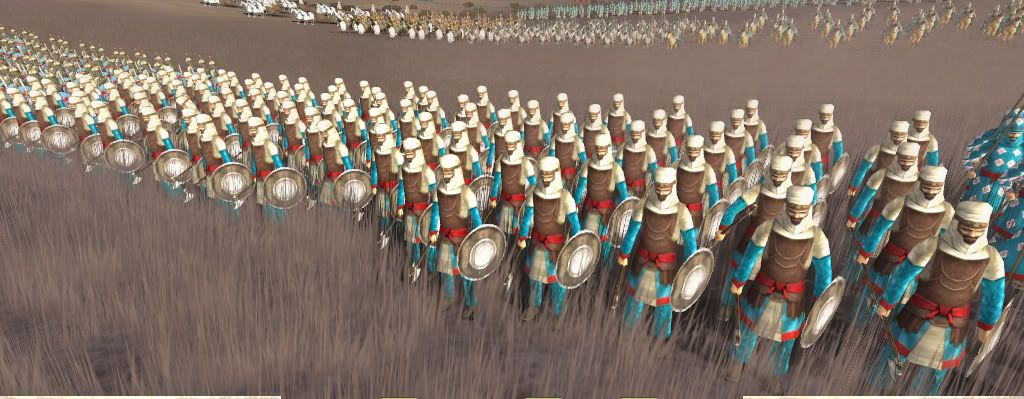
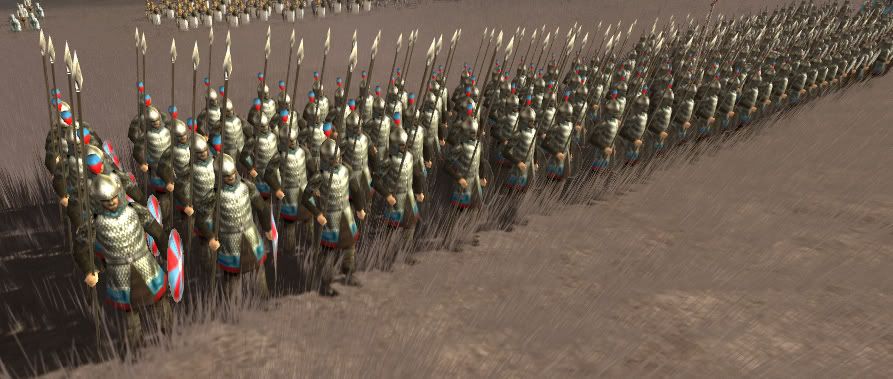
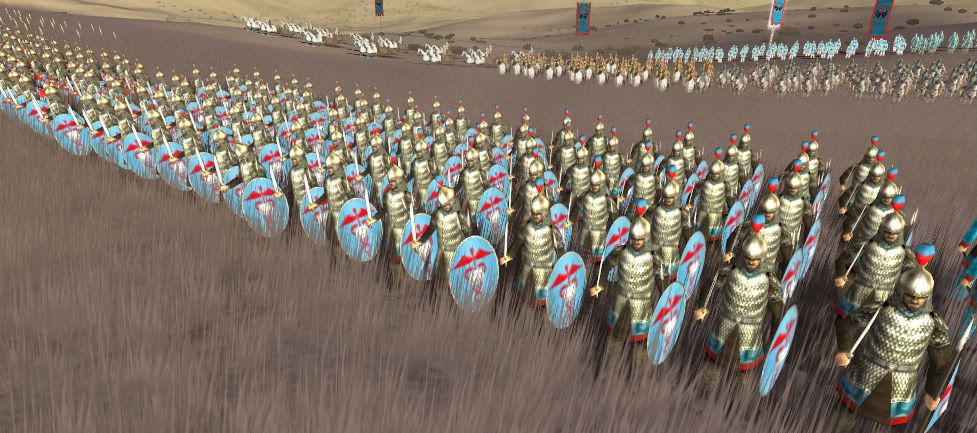

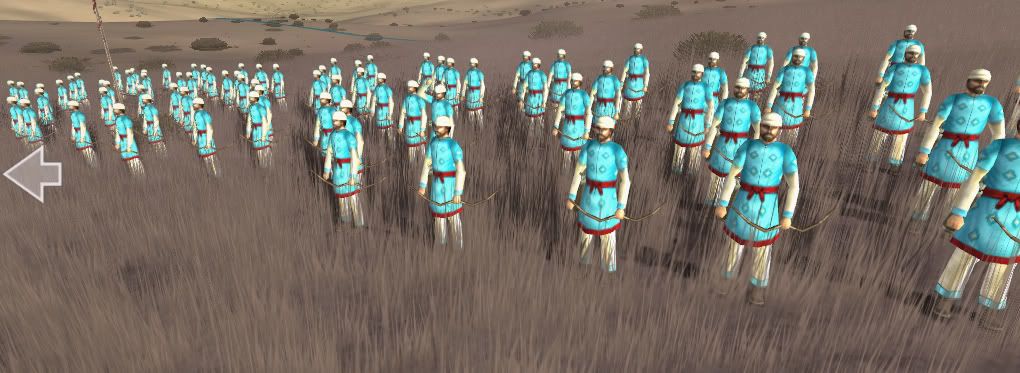
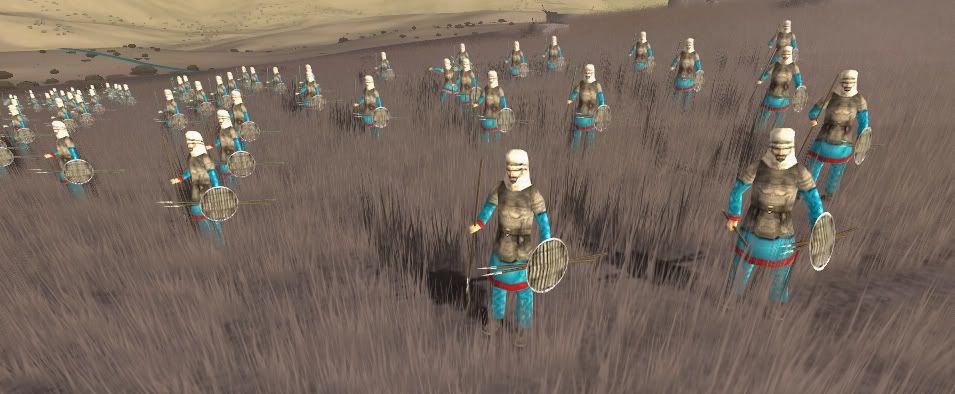
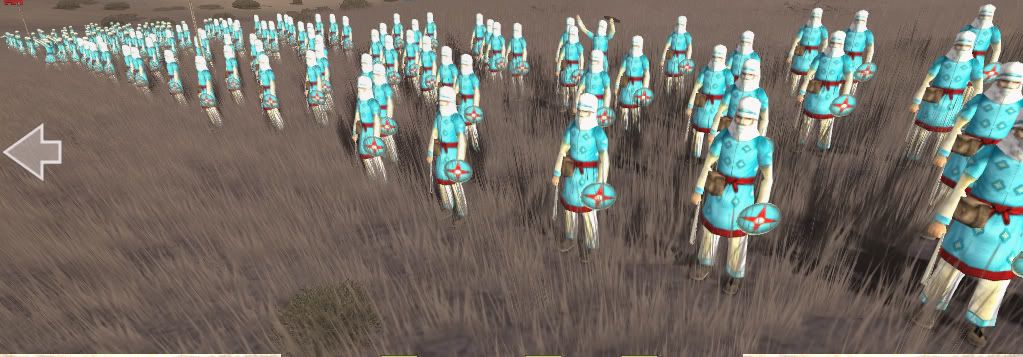
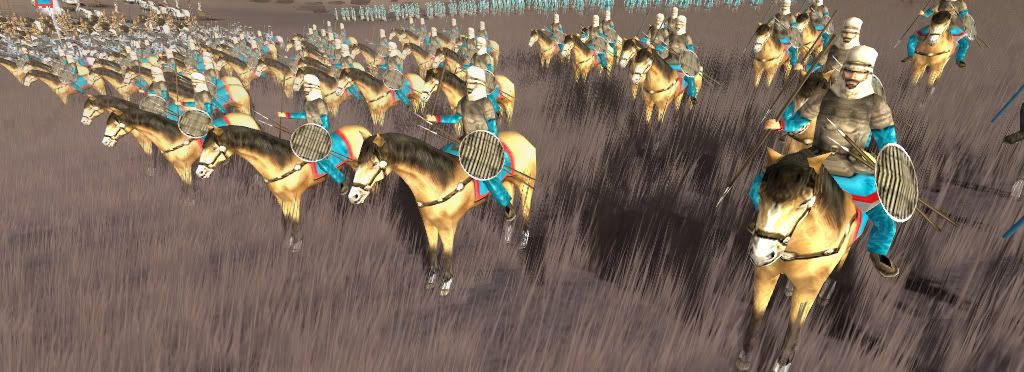
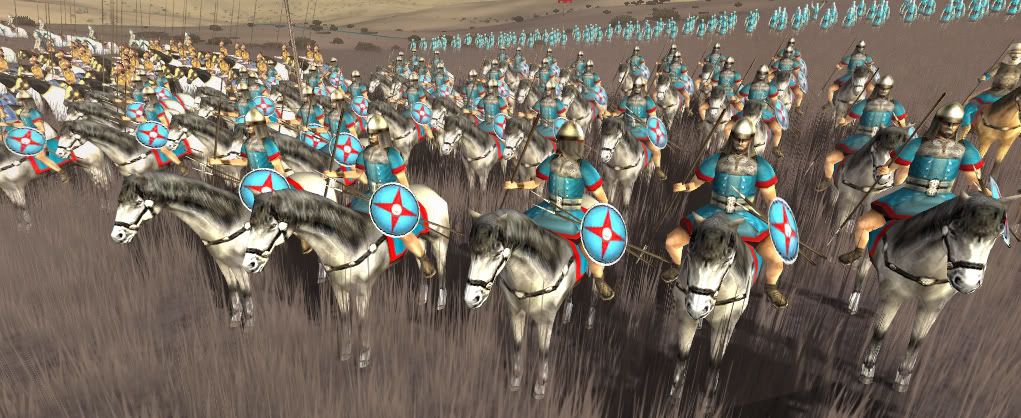

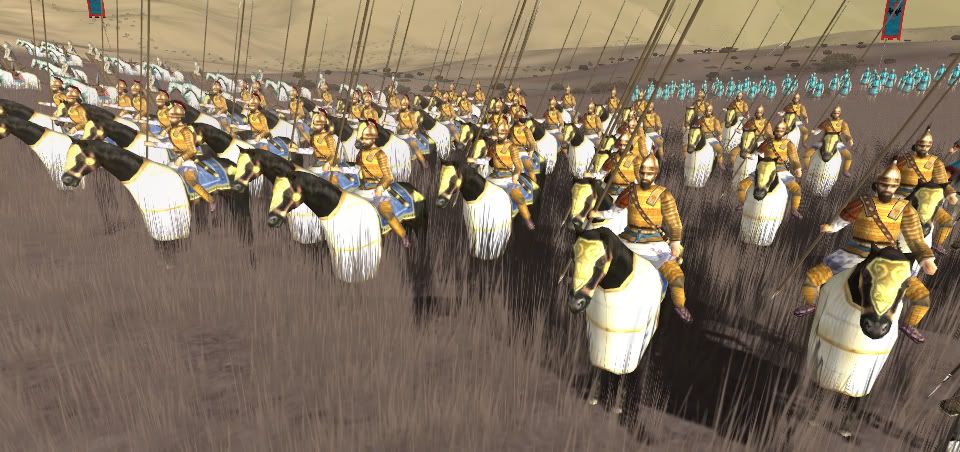
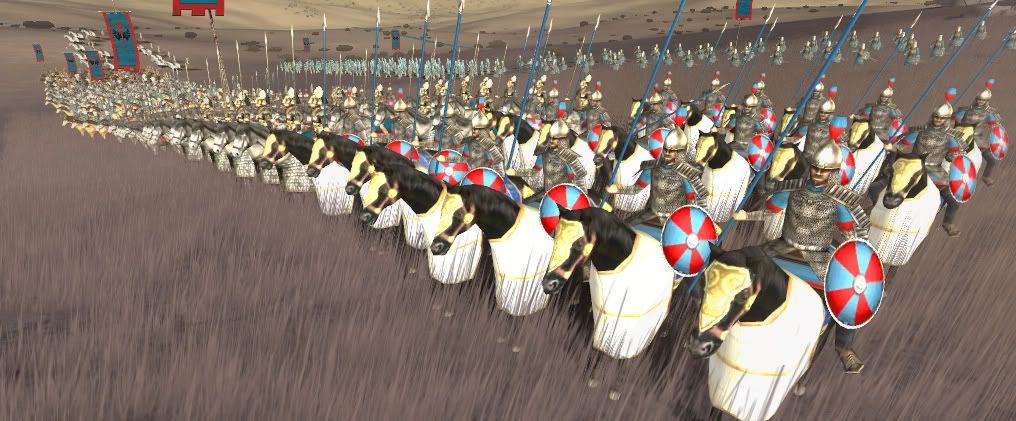
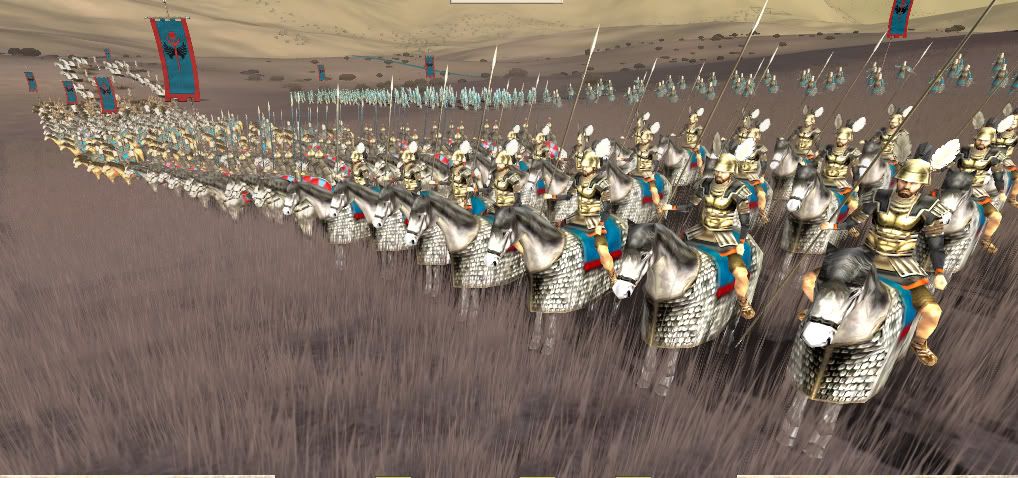
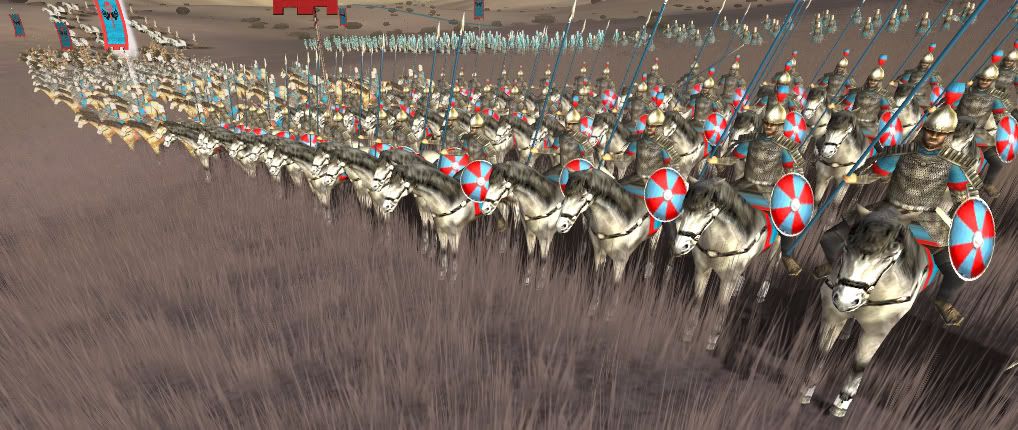
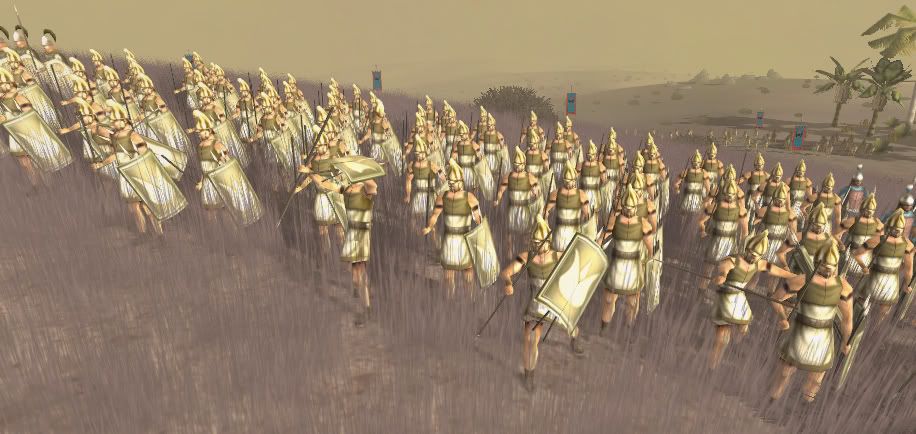
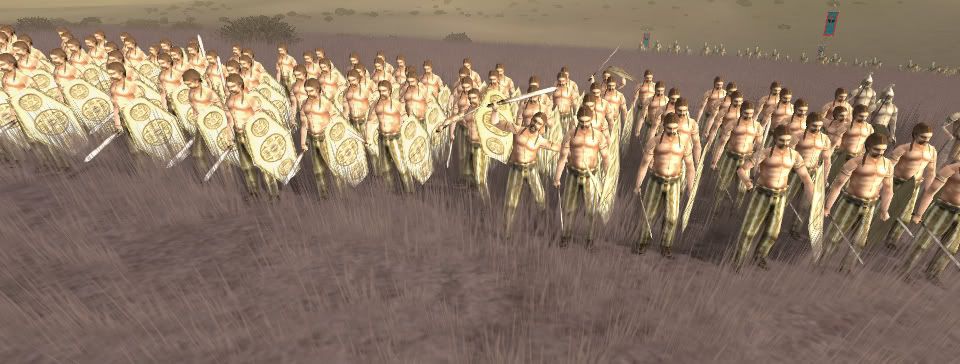
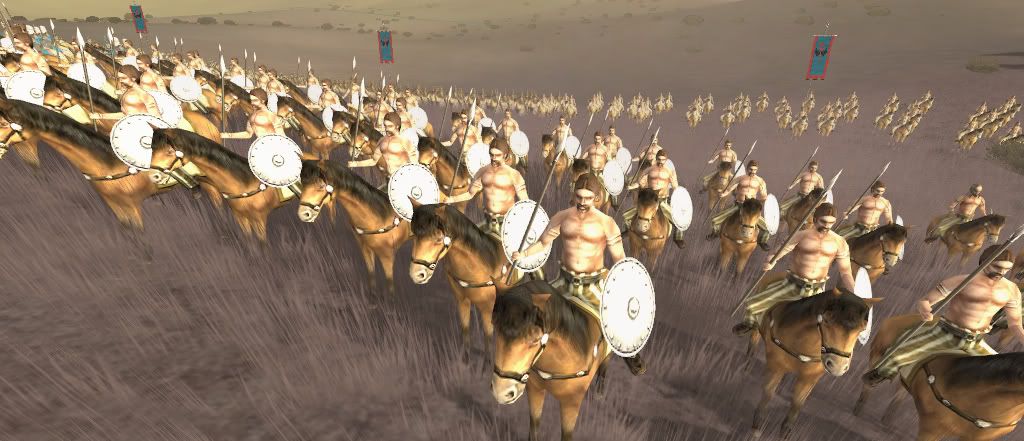

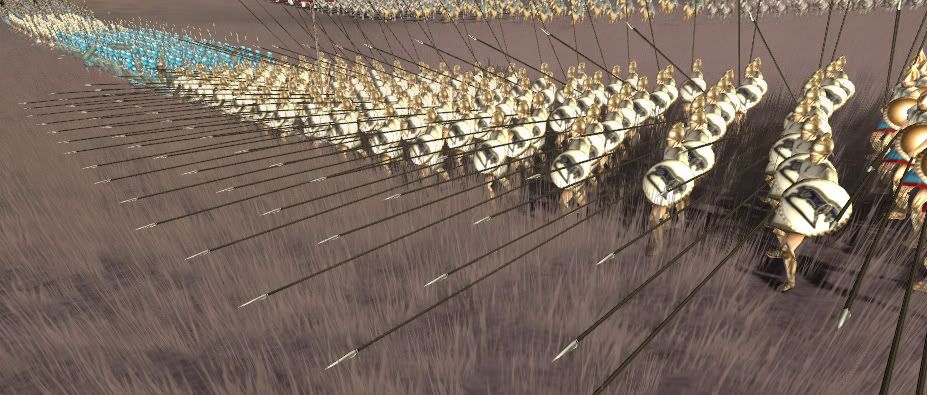
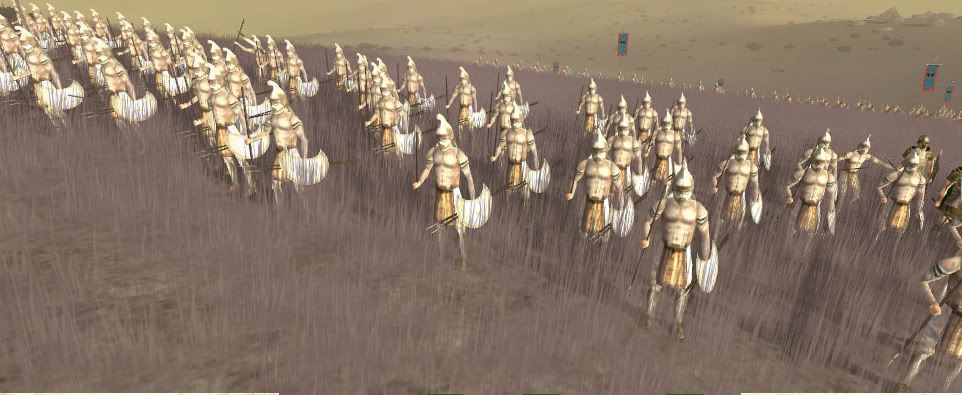
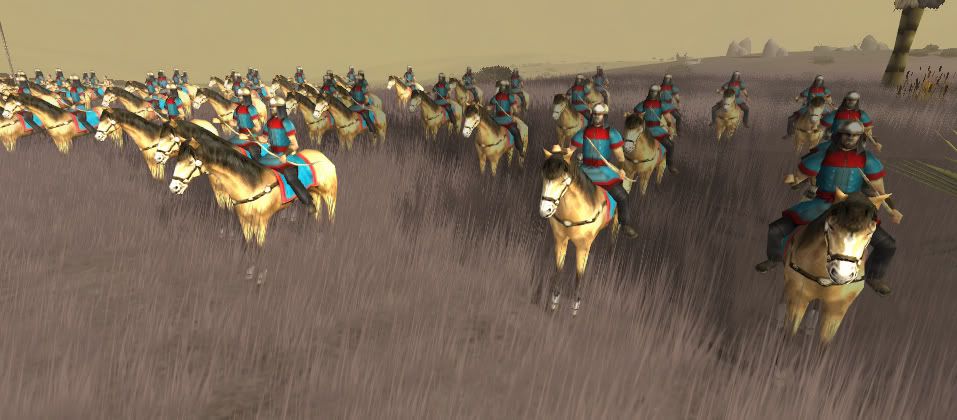

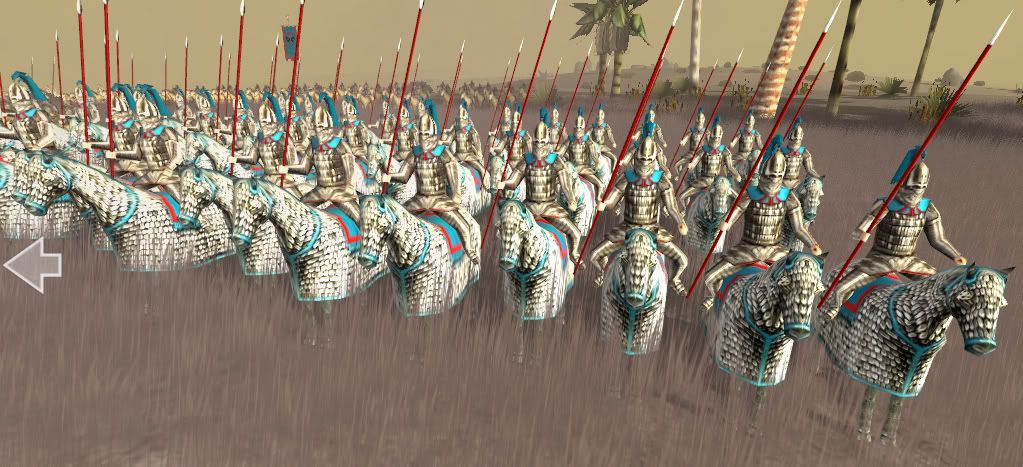
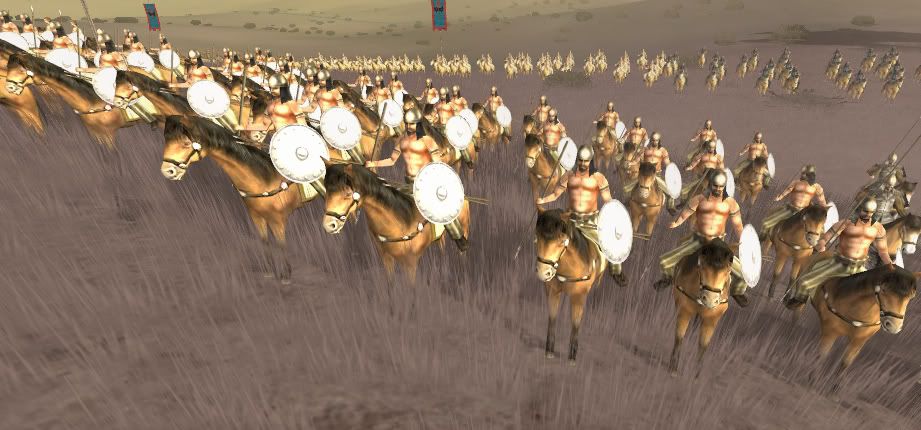
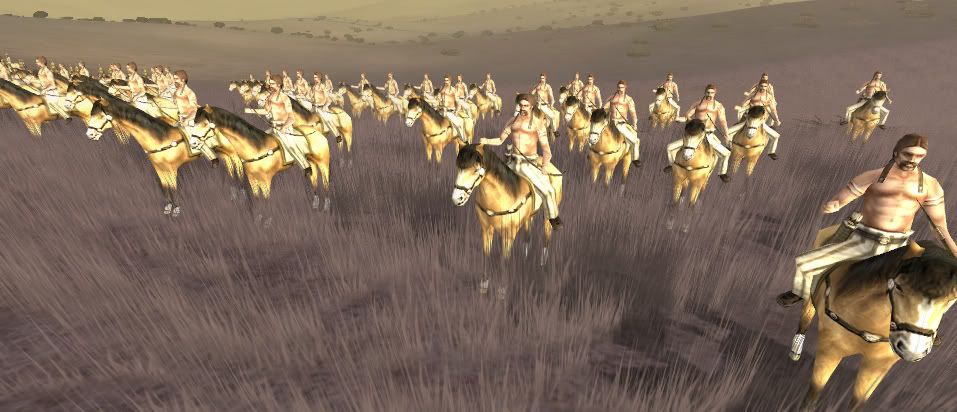
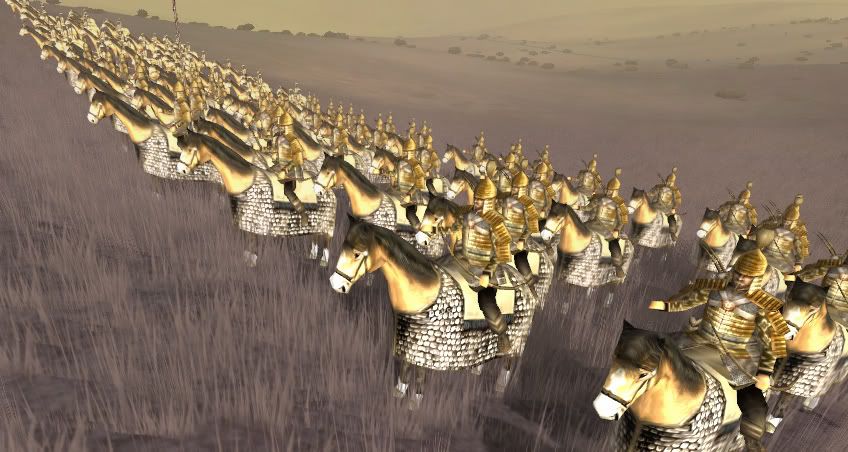
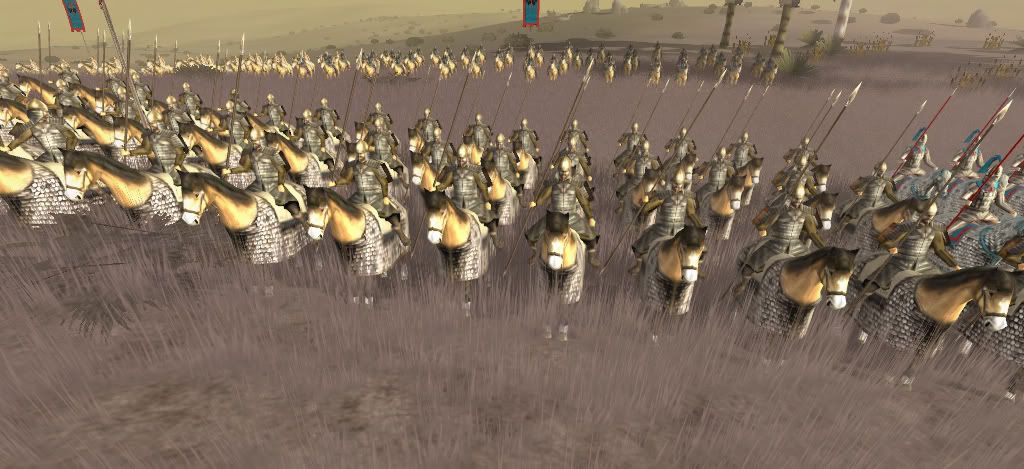



 Reply With Quote
Reply With Quote















